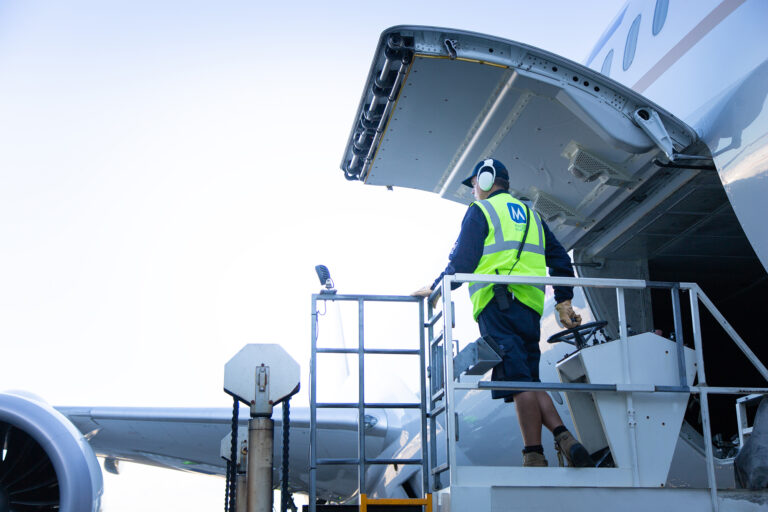When will air cargo’s supply-demand balance return to pre-Covid levels?

The air cargo market could see its supply-demand balance return to pre-covid levels in 2025, although that prediction comes with a plethora of caveats.
Speakers at the Nordic Air Cargo Symposium were tasked with taking a look at air cargo’s road to recovery and they concurred that industry turbulence was set to continue.
Lufthansa Cargo chief commercial officer Ashwin Bhat said that cargo capacity is expected to reach 2019 levels in around 2023 but in the meantime demand will continue to rise, meaning supply and demand will not come back into balance until around 2025.
He said that container port congestion will remain, e-commerce demand will continue to rise and supply chains will face disruption due to missing parts, all of which will favour air cargo.
Bhat also said that he wasn’t expecting nearshoring to impact the market: “Business is global, not local – we have to accept it.”
TIACA director general Glyn Hughes agreed that cargo growth in the years it takes capacity to catch up to previous levels will keep the industry out of kilter.
However, there are some concerns that the cost of living crisis could restrain consumer spending and have a negative effect on demand.
Kales Group chief executive Sebastiaan Scholte said: “We are seeing high inflation and purchasing power is going down.
“Of the money people do have to spend, they have to spend it on higher energy bills, on travel and they have more options [due to the opening up of the service sector] so that means they will spend less on products.
“There might be some downturn in the coming months. I hope not and I am very optimistic and positive but it is something that hasn’t been said and could affect our industry.”
That view was echoed by Scan Global Logistics’ head of airfreight Europe, Lars Konggaard Sorensen, who questioned how long the pressure on the cost of living would last.
He added that PPE demand had been a “huge part” of air cargo’s volumes over the last few years but this demand in many markets was also beginning to ease.
However, he added that disruption and high prices in ocean shipping would boost the use of airfreight to support supply chains.
Hughes pointed out that higher interest rates could actually benefit the air cargo market.
“As interest rates go up, the cost of capital and the cost of the cargo sitting on ships for 60-80 days is very expensive to finance which will increase demand for air cargo,” he said.
Seabury Cargo commercial director Jonathan Mellink said that 2021 was a record year for air cargo with demand up by 7.1% compared with 2019.
So far in 2022, capacity remained around 5% down on 2019 levels.
“Even if we return to capacity levels of 2019, demand is already way higher,” Mellink said.
“It is not necessarily that we have less capacity in the market, it is that there is so much more demand that we want to carry.
“The return of balance is something that we see in the far future even though we may this year see a lower airfreight growth and the continued ramp up of capacity. Still, we are not hitting that balance.
“It will be a while before we get back to the equilibrium we saw in pre-Covid times.”
When questioned on when that equilibrium could be reached, Mellink said it was very hard to predict given the current uncertainties in the market.
“When exactly air cargo will be in sync, it could be 2025ish but nobody really knows, especially nowadays because the world is changing every other week.
“There is also big difference per region. Transatlantic will look very different compared with intra-Asia, or transpacific, or intra-Americas.
“It will look very different depending on the trade portfolio and the commodities being traded and on the return of passenger demand,” he said.
Damian Brett www.aircargonews.net
